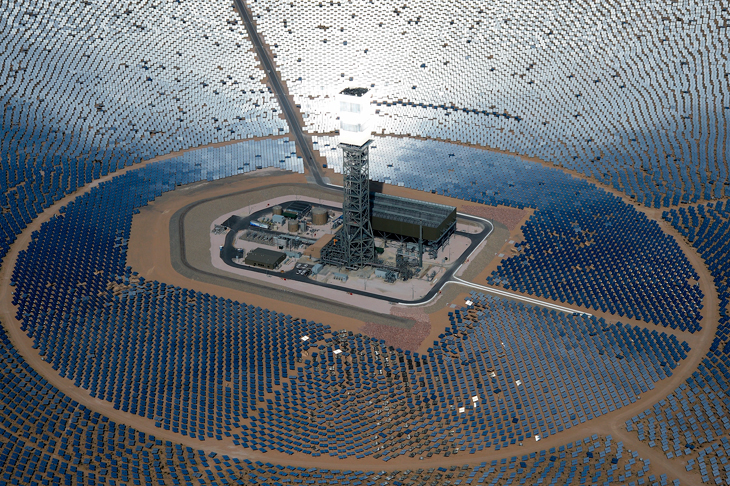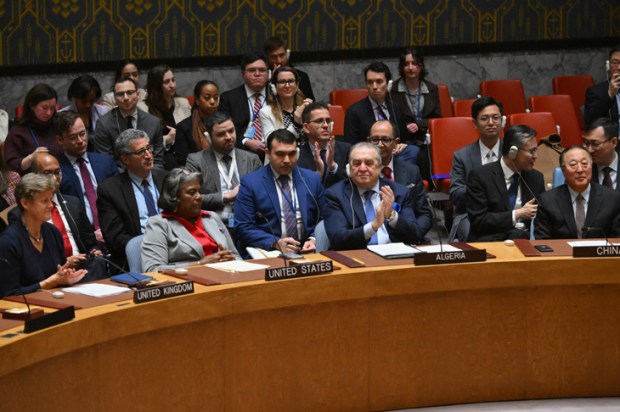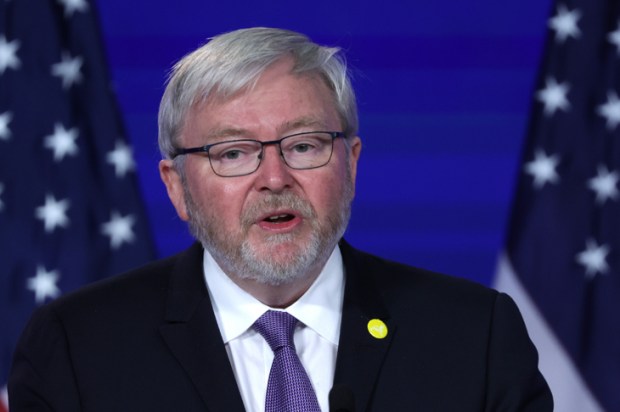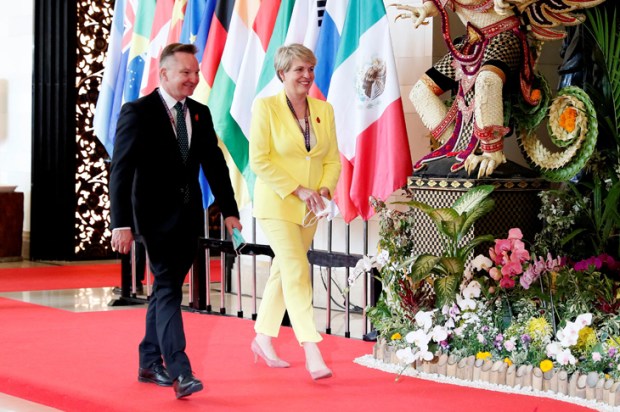Soon it will be raining barbequed chook in Port Augusta, thanks to the latest madcap scheme by the Turnbull and Weatherill governments to generate massively over-priced electricity for that blighted state. Well, if not barbequed chook then at least Frazzled Crested Pigeons and Incinerated Spiny-cheeked Honeyeaters will be on the menu as they start dropping out of the South Australian skies in their thousands. Not, of course, that any flora- and fauna-loving Greens or socialist eco-warriors will give a damn, because this latest desperate scheme – brought to us by those wonderfully innovative minds that also promise us water that flows uphill in the Snowy Mountains and Elon Musk’s giant car battery as cunning ways to solve our energy crisis – is all done in the name of ‘tackling catastrophic climate change’.
South Australia already has the world’s highest electricity prices, driving big businesses out of the state (overseas, mainly) as well as crippling small businesses and everyday households. But it’s likely to get a lot more expensive, thanks to the South Australian government committing to a twenty year deal whereby all government energy will be supplied by Port Augusta’s shiny new desal, er, sorry, we mean solar thermal power plant.
Destined in all likelihood to be yet another climate change white elephant along with all those idle desalination plants that blot our coastlines, this $650 million brain-snap looks like something out of a 1970’s James Bond film. Except even Ernst Blofeld wouldn’t be crazy enough to dream this gizmo up.
Solar Thermal Power, which is also called Concentrating Solar Power, is generated by thousands of mirrors, each larger than a king-size bed, configured in the middle of the desert in a massive circle around a giant chimney-like structure containing water. The sun (when it shines) hits the mirrors, which are aimed at the tube, so that the water boils and the steam is then used to generate energy. How efficient is it? Well, not desperately.
According to Australian commentator Anton Lang, it takes Spain’s entire network of 24 solar thermal plants an entire year to deliver what one typical coal fired power generator – of the sort we used to have in abundance in Australia until we recklessly started blowing them up – can deliver in around three months. Not exactly reassuring.
‘I don’t expect a lot of solar thermal to get built. It’s just too expensive,’ said Lucas Davis, economics professor at the University of California, commenting on that state’s massive Ivanpah plant, which requires four times the amount of estimated gas to help fire it up each day, and therefore far higher carbon emissions than were initially estimated and promised.
Indeed, the evidence from around the world is that solar thermal energy results in not only higher emissions but also far higher electricity prices than other renewables, which are themselves already substantially more expensive than coal or gas. According to the US Energy Information Administration, the average dollar per megawatt cost per hour of conventional solar by 2019 will be 57.1, for wind 77.7, and for solar thermal a staggering 217.6.
But why take their word for it? Our own Chief Scientist Alan Finkel observed, in his eponymous report, that ‘even with the value that a dispatchable steam turbine brings to to the stability and reliability of the electricity system, solar thermal generation and storage is not yet economically viable’. This is the same Alan Finkel, of course, who admitted to the Senate recently that it didn’t matter what Australia did to lower emissions, it would make virtually no difference to reducing global temperatures.
Which begs the obvious question: why bother?
But here’s where we go from the sublimely silly to the ridiculously absurd. Rather than using this latest example of South Australia’s ultra-green Labor government to mercilessly attack federal Labor’s profligacy, blind adherence to climate ideology and crippling high energy prices, the Turnbull government has – wait for it – embraced this lunacy. To the tune of $110 million of hard-earned taxpayers’ money.
Indeed, Energy Minister Josh Frydenberg couldn’t wait to rush down to Adelaide to try and claim some of the credit for this ideological sci-fi fantasy for himself and his government.
‘The Government has shown its commitment to the development of a solar thermal project at Port Augusta by putting $110 million on the table for the project,’ Mr Frydenberg boasted. ‘This funding is in addition to anything ARENA or the CEFC (Clean Energy Finance Corporation) may provide.’ Not to mention the half billion from the state government. Looks like the hapless taxpayer is going to get burned pretty badly.
As will, indeed, all those native South Australian birds. In California alone they estimate about 3,500 birds a year are incinerated in the solar thermal plant’s thousand degree heat if they happen to make the unfortunate mistake of flying by.
Which is why in Death Valley National Park, solar thermal power plants have been banned altogether.
Got something to add? Join the discussion and comment below.
Get 10 issues for just $10
Subscribe to The Spectator Australia today for the next 10 magazine issues, plus full online access, for just $10.
You might disagree with half of it, but you’ll enjoy reading all of it. Try your first month for free, then just $2 a week for the remainder of your first year.















Comments
Don't miss out
Join the conversation with other Spectator Australia readers. Subscribe to leave a comment.
SUBSCRIBEAlready a subscriber? Log in